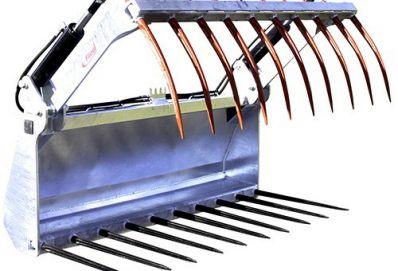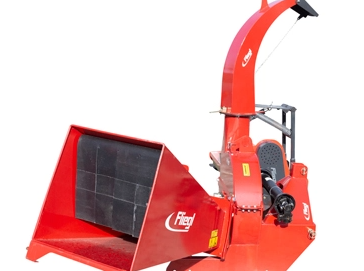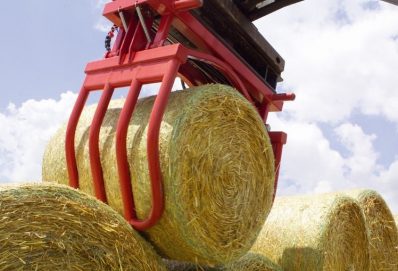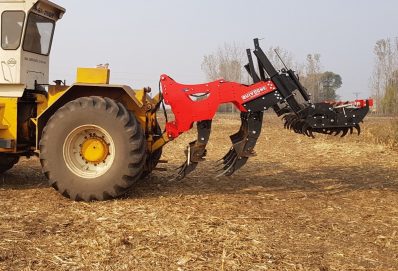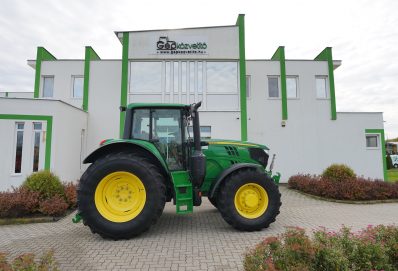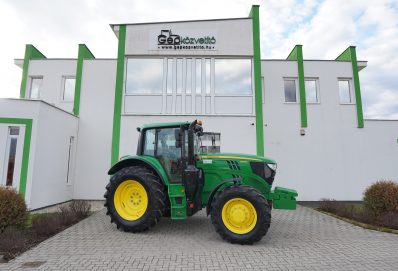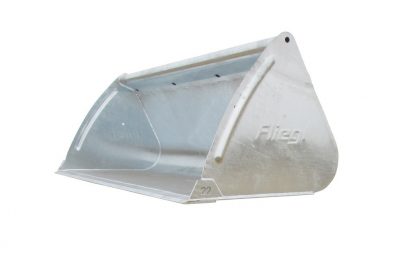What is the current grain situation? What can we expect this autumn?
2023. August 24.The domestic grain situation is not bad in many respects this year, but there are a few factors affecting prices and volumes.
The lack of storage space and money is a key factor, as many places no longer have anywhere to store their harvested wheat, so very few have done well with their crop this year.
Barley and wheat have been weak in many places, mainly due to the drought in the lowlands.
This article looks at the current situation for cereals.
It looks at what farmers and buyers can expect in terms of prices and volumes this year.
Drought and flooding
Already at the end of July, the rainfall in the south-west of the country showed that the wheat harvest was barely progressing, and the grain quality was steadily deteriorating as a result.
Barley was not of good quality, but there were also plenty of complaints about wheat.
I will not have a tonne of wet, small-grained grain with a poor protein content in my mill.
So the situation in Zala county was not good, but rapeseed also made a loss, and barley and wheat could not be sold, and there is still some of last year’s crop left over to take up space.
The situation in Borsod is not so good either, with wheat only achieving a 10% protein content, but the good news is that much of the area is growing seed wheat, which can be sold at a higher price, at least twice as much.
However, for low protein commodities, much less was promised, not to mention barley.
Some farmers have come up with the idea of trying to free up small sheds and move some crops here, stockpiling the unsaleable ones.
In the lowlands, on the other hand, drought has been a problem, as the excessively dry weather is not ideal for cereal production.
The result is the same here, with a much smaller quality harvest.
The problem is that after too much drought, a little rain immediately caused fungal diseases.
This year, at least two treatments were needed for barley and three for wheat, but this was not always possible because of the pesticides.
Do depressed prices really not matter?
Unfortunately, not everyone can expect a miracle.
However low the prices are, many people prefer to sell their produce now because they need the money and not everyone has the means to store it.
The big ones are taking over at daily prices, as they have a little space left over and a financial reserve.
It is also easier for a larger farm to get credit, so as the small ones have no options, many are already thinking of selling the land.
Is everyone waiting for help?
 To compensate for the disruption in the cereals market, €16 million in aid could arrive by December at the latest, to be matched by the government from domestic sources.
To compensate for the disruption in the cereals market, €16 million in aid could arrive by December at the latest, to be matched by the government from domestic sources.
The only problem with this is that domestic agriculture will only be able to cope until September at the latest, as the money will run out and there will be nowhere to store the sunflowers.
It is also very likely that the ban on cereals will be lifted, and Hungary has no money to advance EU aid to farmers.
The government will reportedly have its first opportunity to provide aid for the harvest and storage of maize and sunflower in October.
It is not enough to wait until September, farmers need to find a solution, as the middle of autumn is still a long way off.
What about Ukrainian grain?
As you know, in the spring, the EU made an unpleasant decision for many on Ukrainian grain.
The European Commission reacted to the situation caused by the dumping of cereals, but it was not possible to find a new market for domestic cereals so quickly, so it was clear from the start of the harvest that we were going to have problems.
In addition, the depletion of stocks would also push prices in the right direction, as the presence of cheap Ukrainian grain has halved the price of domestic wheat and maize.
A new market would definitely have to be found, as the main problem is that our country is suffocating under the pressure of Ukrainian grain.
Immediately after the opening of the solidarity corridors, so much wheat came into the country that we could not cope.
Prices have halved and the price of maize and wheat is well below cost price.
The problem is that there is only some chance of the market settling down once the current stocks have been cleared, so that supply and demand can be balanced.



